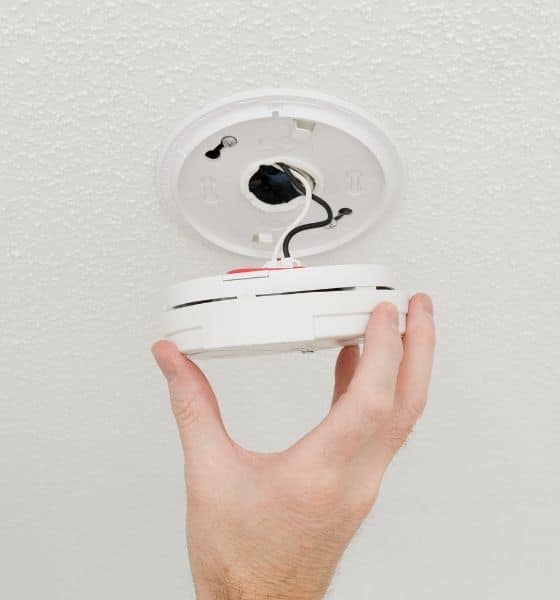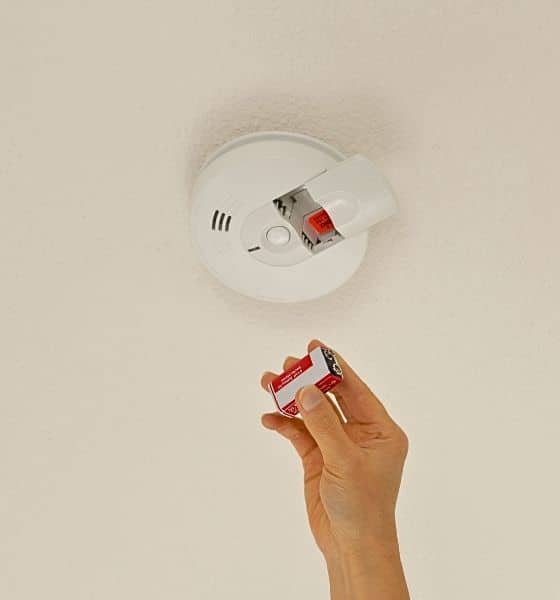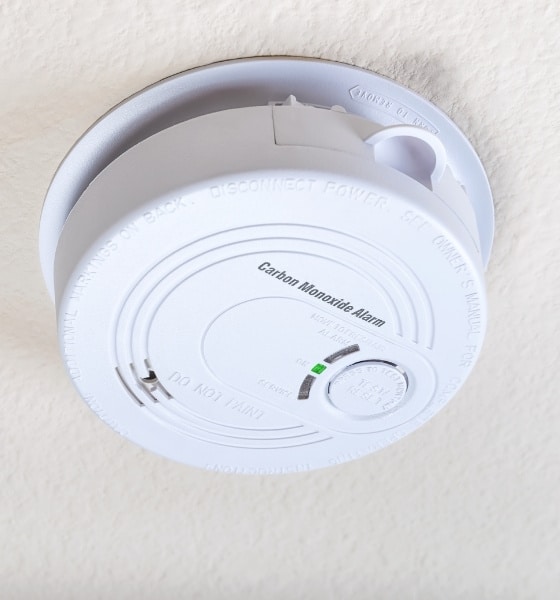Is Your Family Protected in the Event of Fire?
Fire Alarms Save Lives
Legislation in NSW and the ACT means all residents should have at least one working smoke alarm installed on each level of their home. This is for one simple reason – they save lives. Quite often Australians are still risking their lives by not having the right smoke alarm installed, or having an alarm installed that isn’t operating correctly.
Even further risk can come fro homes that use gas heating or appliances where the incorrect installation or use can lead to carbon monoxide poisoning. Get Protected! Two types of smoke alarms can be installed in your home, along with carbon monoxide detectors. Which ones are right for you depends on your home.

Photoelectric Smoke Alarms
Photoelectric smoke alarms detect the smoke that you can see – like cigarette smoke. They respond to a wide range of fires, but are particularly responsive to smouldering fires and the dense smoke given off by foam filled furnishings or overheated PVC wiring.
Advantages:
- Good for smouldering fires and dense smoke
- Not as prone to cooking nuisance alarms as Ionisation Alarms
- Contain no radioactive material
- Suitable for general use
Disadvantages:
- Slightly more expensive than Ionisation Alarms
- Nuisance alarms can occasionally occur from dust and insects
- They must be kept clean

Ionisation Smoke Alarms
Ionisation smoke alarms ‘feel’ the smoke. They detect invisible particles of combustion from things like cooking toast. They activate quickly for fast, flaming fires with little visible smoke.
Advantages:
- Slightly cheaper than other types of smoke alarms
- Very good with fast flaming fires with little visible smoke
- Less prone to false alarms caused by dust and steam
- Suitable for general use
Disadvantages:
- Susceptible to nuisance alarms if placed too close to cooking areas
- May be slow to respond to smouldering fires
- Contain a very small amount of radioactive material

Carbon Monoxide Alarms
Carbon Monoxide Alarms are not smoke alarms. Rather, they are best used in addition to smoke alarms for increased warning. You can’t see it, taste it, or smell it, but low levels of carbon monoxide can make you sick and high levels can kill. Appliances, such as heaters, ovens, and cooktops which burn gas, oil or wood emit carbon monoxide.
Carbon Monoxide Alarms can be more expensive than photoelectric alarms and have a lifespan of approximately 5 years. Consult with an expert to find out if you need one in your home.
Take note, everyone!
Did you know that fire alarms are one of the most effective ways to save lives in case of a fire emergency? Installing fire alarms in your home or workplace is not just a smart decision, it could be a lifesaving one too.
As a leading plumbing and electrical service provider, The Plumbing and Electrical Doctor highly recommends that everyone take fire safety seriously. We urge you to have fire alarms installed in your homes and businesses to ensure the safety of your loved ones and employees.
Don’t wait for a tragedy to strike before taking action. Contact us today and let us help you keep your property safe from fire hazards.
Remember: Fire Alarms Save Lives!
THE DOCTOR GETS IT DONE
